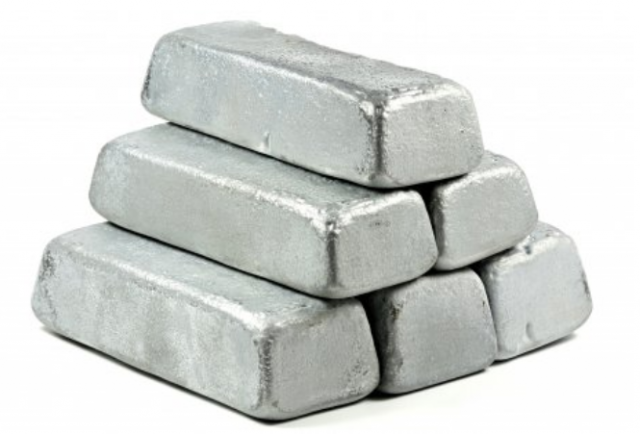Look around your home. Seriously, take a quick glance. That sleek doorknob? The smooth, heavy feel of a window latch? The detailed lever on your kitchen faucet? There’s a good chance zinc die casting played a part. It’s the manufacturing process behind so many things we touch every day. But what makes it so special for builders and designers? Let’s break it down.
The Simple, Super-Strong Process
First off, what is zinc die casting? Imagine forcing molten zinc alloy into a steel mold under high pressure. Wait, let it cool. Then, pop out a finished, metal part. That’s it. It’s fast. It’s efficient. And for making thousands of identical, complex parts? Nothing really beats it on cost and consistency.
Zinc Die Casting: The Go-To for Doors and Windows
This is where zinc really shines. Think about the hardware on your doors and windows. These pieces aren’t just decoration; they’re workhorses.
Hinges and Latches: They need to be strong. Incredibly strong. Zinc die casting provides the structural integrity to handle constant use, year after year. It doesn’t warp or weaken easily.

Lock Bodies and Deadbolts: Security is non-negotiable. The high strength and impact resistance of zinc die cast parts make them a trusted choice for the heart of locking mechanisms. They’re tough to break.
Handles and Knobs: This is where form meets function. Zinc die casting can create beautifully intricate designs—from classic Victorian patterns to modern minimalist shapes. And that perfect weighty feel? That’s zinc. It just feels quality.
The best part? They all come out of the mold with a great surface finish, ready for plating or painting. Chrome, brass, bronze, nickel—you name it. Zinc is the perfect canvas.
Kitchen and Bath: Beauty That Can Take a Splash
Now, let’s talk about faucets and bathroom accessories. This is a brutal environment: constant water, humidity, temperature changes, and chemical cleaners.
Zinc die casting is a star here, too.
Faucet Handles and Levers: Our method forms lightweight hollow components, so less zinc is used but the structure is still robust. Careful die-casting captures every curve, letting the handle glide freely through years of daily use without showing wear.
Showerheads and Valves: Corrosion resistance is key. Zinc alloys stand up to water incredibly well, especially when plated. This prevents rust and extends the life of your fixtures for decades.
Towel Bars and Hooks: Again, it’s about strength and finish. A zinc die cast towel bar won’t bend under weight. And its surface will look pristine for years.
The Nuts and Bolts: Structural Hardware
Beyond the stuff you see, there’s the stuff you don’t. Zinc die casting is also used for brackets, anchors, and connectors in furniture and shelving systems. These components need to be precise, strong, and reliable. Zinc delivers, all while keeping costs down for manufacturers.
Why Designers and Engineers Choose Zinc Die Casting
So, why is this process the secret weapon for home hardware? The benefits are clear:
Strength and Durability: These parts last. They resist wear, impact, and corrosion.
Design Freedom: Complex shapes, fine details, and thin walls—all are possible. If you can dream it, zinc die casting can probably make it.
Cost-Effectiveness: For high-volume production, it’s incredibly economical. The per-part cost is very low.
Excellent Finish: It provides a superb base for a variety of gorgeous, long-lasting surface finishes.
Zinc die casting isn’t a fancy, new technology. It’s a proven, reliable workhorse. It’s the reason the hardware in your home feels solid, works smoothly, and still looks great after years of use. It’s the unseen quality you can actually feel. For anyone designing or specifying building materials, it’s a solution that simply makes sense.
